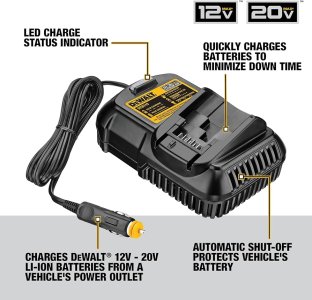Daydream believer
Well-Known Member
But it is effectively the swarf , which is the point I am makingNo it's an offcut which can be used for another component
But it is effectively the swarf , which is the point I am makingNo it's an offcut which can be used for another component
Are you sure about that?(you cannot shear brittle materials like brick and tiles)
When mine went over the side, it was pulling on the rigging & the fittings were quite taught. But each situation will be different. A boat rolling will probably result in a tugging momentThere is some truth in the high lighted statement.
The issue is that with the mast up and the is some tension in the rigging that is true but once the mast has fallen some /most of the tension in the rigging will be quite slack and the rigging fittings movable.
I dont know exactly what you are using, or what heat source you are using.You could look at it another way---The piece the guillotine cut off WAS the swarf. It was only one tooth in the blade, albeit a big one. It was just a big piece of swarf rather than lots of pieces.
Interesting comment about Sifbronze.The stuff I have is what i use for silver soldering/brazing & it does not melt the metal itself. It is a brazing flux. I have had it for many years. I just use small quants for copper model boilers. I tend to use more modern fluxes these days with lower temperature requirements. If one looks at posh bike frame the "weld" does seem to sit ON the metal rather than IN it as a stick weld does. So perhaps there is leaway in both sides of the debate.
But as I get more failures than successes my opinion is worth very little


......"Origonal Sifbronze low tempreture rod for Brazing and Bronze Welding".
Despite this evidence he still insisted there was no such technique, coming back to the Scientific definition of welding.
......Yes it is a method of cutting mainly metals (you cannot shear brittle materials like brick and tiles)
You've never heard of reinforced concrete? Is all that steel to take the Shear Forces a waste of money?
You are now adding a different process to the discussion. I would have to stick with the original. I was only making a comment, not asking to go into detailed alternatives to silver soldering techniques.I dont know exactly what you are using, or what heat source you are using.
You are right, the posh handmade bike frame may well have a lovely 'fillets' of Sifbronze joining the tubes. If, however, a fillet is made molten and subsequently removed, there is clear evidence of it adhereing chemicaly to the surface of the lightweight tubes. The rods can be covered in a special flux, can be cored with a special flux, can be used by heating the end of the filler rod and dipping into a powdered flux or, my prefered method, used by the Pro's, by using a 'Gasfluxer'. The Gasfluxer contains Methanol as a carrier and contains 10% borax in solution. The Acetylene gas passes through the solution and the flame burns with a green tinge.
This type of welding is a 'black art' more than a science as it is imperitive for the work to be bought to EXACTLY the correct tempreture for the Sifbronze to adhere correctly. Too cool, dry, weak joint, too hot, work becomes overheated and the Sifbronze enters the structure of the work, substantially weakening the tubes.
I can give you a lesson if you have the kit.........................................

Different situation altogether whereby 2 materials are combined to act in their own optimum to give greatest strength to a product.You've never heard of reinforced concrete? Is all that steel to take the Shear Forces a waste of money?
Different situation altogether whereby 2 materials are combined to act in their own optimum to give greatest strength to a product.
We have already discussed shearing metal. So I do not think that there is any dispute about that part of the equation. As it is there to reduce shear in concrete, that would suggest that concrete will shear as well , Would it not?.
"...exceed the shear strength of the marital to be cut...
...My wife's garden loppers are a shearing action but her chainsaw is a cutting action."
I declare rogerthebodger is really John BobbittMadame sounds alarmingly well prepared for cutting your maritals.
Sincere sympathies and best wishes.
Madame sounds alarmingly well prepared for cutting your maritals.
Sincere sympathies and best wishes.
DB, can this be an observation from the modern world?Trouble is that you have to make sure it is always charged up. Sod's law says it will not be when you need it.
As has been mentioned in the past - cutting discs for angle grinders dissolve quickly in water. The blades disintegrate and unbalance the grinder.


Would one also block off the fan so that the unit overheated? Or would one think that through & let soggy shrink wrap get in the works?You can even get a waterproof grinder for a measly £3,500. Underwater Angle Grinder Archives - Nemo Underwater Power Tools
Or spend £170 on a standard one, and cling-wrap the body and battery for £0.15.
Far from it we have been happily married for over 50 years.
My pastime is Boats and Cars and SAMBO's is Gardening and Cooking for me
I have all the equipment I need to cut then materials I use
She knows the way to a man's heart is through his stomach
Please not all vital organs are still intact
It seems that posters think all cutting is shearing.
Shearing is just one of the methods of cutting using a shearing cut. Not all materials can be sheared .
Try using a shearing action on hard brittle materials
O so I misspelled Materials